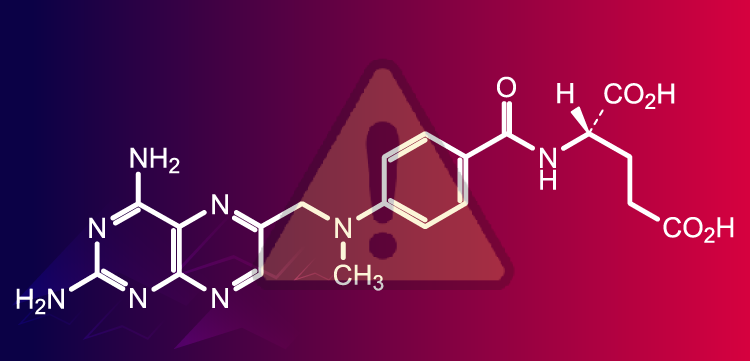
Pneumonia Hits Older Adults Hardest
Infections with pneumonia send a substantial number of older adults to the hospital, much more than younger adults. Researchers are calling for new rapid diagnostic tests.
Pneumonia Hospitalizes Substantial Number of Older Adults
• The burden of community-acquired pneumonia that requires hospitalization is substantial and is markedly higher among the oldest adults, according to new
• The incidence of hospitalization for pneumonia among adults aged 50 to 64 years is 4 times higher than the incidence among adults aged 18 to 49 years.
• The estimated incidence of hospitalization for pneumonia for adults aged 65 and 79 years is 9 times higher than that of younger adults.
• The estimated incidence for those 80 years and older is 25 times higher.
No Pathogen Detected in Most Patients
• Among 2259 patients who had radiographic evidence of pneumonia, median age 57 years, a pathogen was found in only 38% of specimens available for both bacterial and viral testing.
• Viruses were identified in 23% of samples, bacteria in 11%, bacterial and viral pathogens in 3%, and a fungal or mycobacterial pathogen in 1%.
• The most common pathogens found were human rhinovirus (9%), influenza virus (6%), and Streptococcus pneumonia (5%).
New Tests Needed to Identify Pneumonia Pathogens
• Nearly one-fourth (21%) of patients required admission to the intensive care unit; 6% required invasive mechanical ventilation; 2% died during hospitalization.
• The results suggest that improving coverage of recommended influenza and pneumococcal vaccines, and developing effective vaccines and treatments, could reduce the burden of pneumonia in adults.
• The researchers concluded that new rapid diagnostic tests are needed to accurately identify and distinguish among potential pneumonia pathogens.
Cigarette Smoking Associated with Interstitial Lung Diseases
• Cigarette smoking has been implicated in the pathogenesis of diffuse interstitial lung diseases (ILDs), according to this
• These include respiratory bronchiolitis; respiratory bronchiolitis-associated ILD; desquamative interstitial pneumonia; pulmonary Langerhans cell histiocytosis; and other types of ILD in the context of collagen tissue disorders, mainly in rheumatoid arthritis.
• Smoking also may play a key role in the development and progression of the most devastating form of diffuse ILD, idiopathic pulmonary fibrosis (IPF).
Smoking Promotes Lung Inflammation and Fibrosis
• Cigarette smoking leads to exaggerated accumulation of inflammatory cells, such as macrophages; neutrophils; and Langerhans cells in small airways, distal air spaces, and the interstitium.
• Smoking also induces the production of transforming growth factor (TGF)-β1, a central mediator with a crucial role in the development of lung fibrosis.
• Smoking has been related to telomere shortening, which is observed in IPF and is associated with progression of this disease.
• Another hypothesis suggests that cigarette smoking increases the production and release of TGF-β1, which in turn suppresses autophagy.
Early Lung Cancer Patients Present With ILD
• Several screening studies for early identification of lung cancer using low-dose CT have shown that nearly 10% of smokers can present with interstitial lung abnormalities, which may progress if the patient continues to smoke.
• It’s unknown whether these screening tests can identify smoking-related ILD, including IPF, at an early stage.
• The researchers concluded that smoking cessation and smoking prevention are crucial for the prophylaxis of ILDs.
New Idiopathic Pulmonary Fibrosis Guidelines
• An international group of leading respiratory societies have released
• The group includes the American Thoracic Society, the European Respiratory Society, the Japanese Respiratory Society, and the Latin American Thoracic Association.
• The guidelines come from an analysis of new evidence reported since the 2011 guideline was issued.
Tailor Treatment to Individual Patient Needs
• The new guidelines state there is strong evidence against the use of anticoagulation (warfarin); imatinib, a selective tyrosine kinase inhibitor against platelet-derived growth factor (PDGF) receptors; a combination of prednisone, azathioprine, and N-acetylcysteine; and selective endothelin receptor antagonist (ambrisentan).
• New information suggests there is weak evidence for the use of nintedanib, a tyrosine kinase inhibitor that targets multiple tyrosine kinases, including vascular endothelial growth factor, fibroblast growth factor, and PDGF receptors, and pirfenidone.
• New information also suggests there is weak evidence against the use of phosphodiesterase-5 inhibitor (sildenafil) and dual endothelin receptor antagonists (macitentan, bosentan).
• The authors emphasized that clinicians need to choose the most appropriate treatment options tailored to the individual patients’ needs.
Take-away Messages:
• Infections with pneumonia send a substantial number of older adults to the hospital, much more than younger adults.
• Cigarette smoking leads to diffuse ILDs, including the most devastating form, IPF.
• Updated guidelines on IPF emphasize individualized treatment.
Newsletter
Enhance your clinical practice with the Patient Care newsletter, offering the latest evidence-based guidelines, diagnostic insights, and treatment strategies for primary care physicians.
















































































































































































































































































